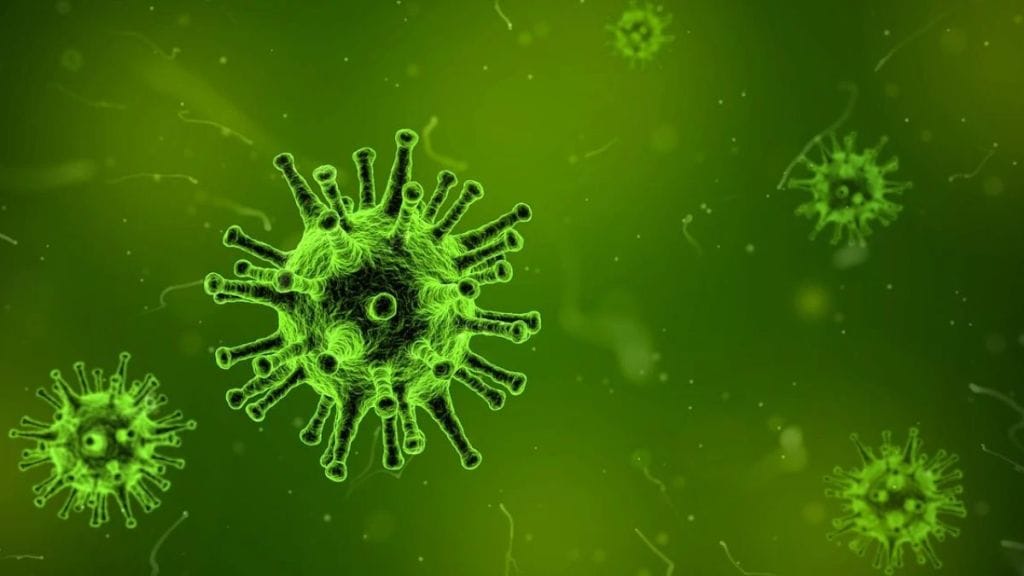Drug-resistant ‘nightmare bacteria’ are spreading faster than ever in the United States. The infections resistant to the most powerful antibiotics have climbed nearly 70% in just a four-year period (2019-2023). Antibiotic resistance is driving these infections, and a Nature study estimates that the drug-resistant infections would kill 40 million people by 2050.
A new report by the Centers for Disease Control and Prevention (CDC), published in the Annals of Internal Medicine, comes at an opportune time and rightly warns that these dangerous germs, once considered rare, are becoming an urgent public health threat.
The bacteria with the “NDM gene” have driven the spike, as per the researchers. The treatment options are limited as only two antibiotics can treat this type of infection.
Reason behind the health threat
Researchers link the rise in infections to the increased use of antibiotics during the pandemic.
Antibiotic resistance happens when certain types of bacteria and fungi are able to fight against antibiotics and grow stronger than them. This happens due to frequently taking antibiotics or not taking recommended doses, because of which germs strengthen and gain resistance against the drugs.
What is nightmare bacteria
In recent years, the CDC has been issuing warnings against nightmare bacteria, resistant to a wide range of antibiotics. These primarily include carbapenems, a class of antibiotics considered a last resort for treatment of serious infections. In this study, researchers analysed data from 29 states regarding carbapenem-resistant bacteria.
Carbapenem-resistant Enterobacteriaceae (CRE), including dangerous types like Klebsiella pneumoniae and Escherichia coli that resist carbapenems, a class of ‘last-resort’ antibiotics, are being referred to as nightmare bacteria. Some instances also involve Vancomycin-resistant Staphylococcus aureus (VRSA) and Candida auris.
The researchers found 4,341 cases of carbapenem-resistant bacterial infections with 1,831 of them the NDM variety. It wasn’t clear how many infected people died.
The rate of carbapenem-resistant infections rose from just under 2 per 100,000 people in 2019 to more than 3 per 100,000 in 2023 an increase of 69%. But the rate of NDM cases rose from around 0.25 to about 1.35, a jump of 460%, the study authors said.
Signs of nightmare bacteria infections
The initial symptoms are similar to the regular infections. What separates these bacterial infections from others is their tendency to become chronic as your regular antibiotics don’t work against them.
Here are some of the common infections and their signs:
Urinary tract infections: Feeling a burning sensation, a constant urge to urinate or ‘cloudy’ urine
Bloodstream infections: High fever, rapid heartbeat or very low blood pressure.
Pneumonia or lung infection: Cough, shortness of breath or chest pain.
Early signs may include fever, chills, wound infections, or unexplained persistent infections, particularly in clinical settings.
Deadly diarrhea, loss of appetite, abdominal pain, tenderness and nausea is another sign of nightmare bacteria infection according to CDC.
How to avoid antibiotic-resistant infections
According to CDC, here’s what you can do to avoid antibiotic-resistant infections:
- Wash your hands frequently: The best way to get rid of germs is to wash your hands frequently with soap and water, especially after touching a potentially infected surface, or meeting a person who might be carrying an infection.
- Get vaccinated: Vaccines are an important step to prevent infections, including resistant infections.
- Avoid over-the-counter drugs: Antibiotics and antifungals play an important role in saving lives, but over reliance on them or self-medicating can lead to antibiotic resistance in the longer run.
Disclaimer: Always consult a doctor before starting any diet or fitness routine. Always seek the advice of your doctor with any questions about a medical condition.


